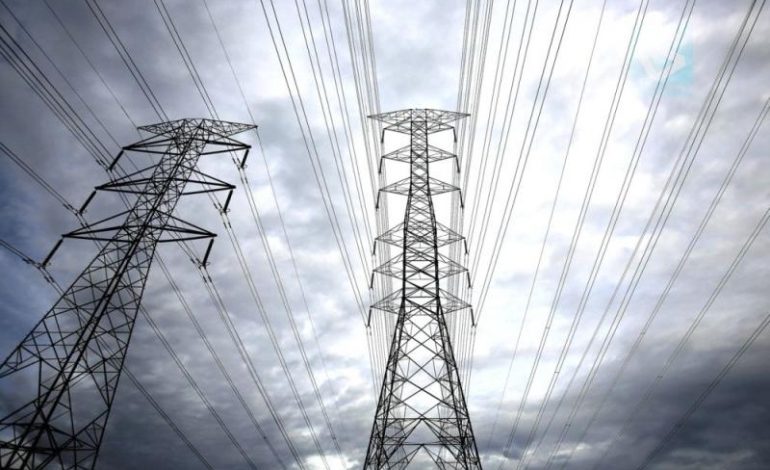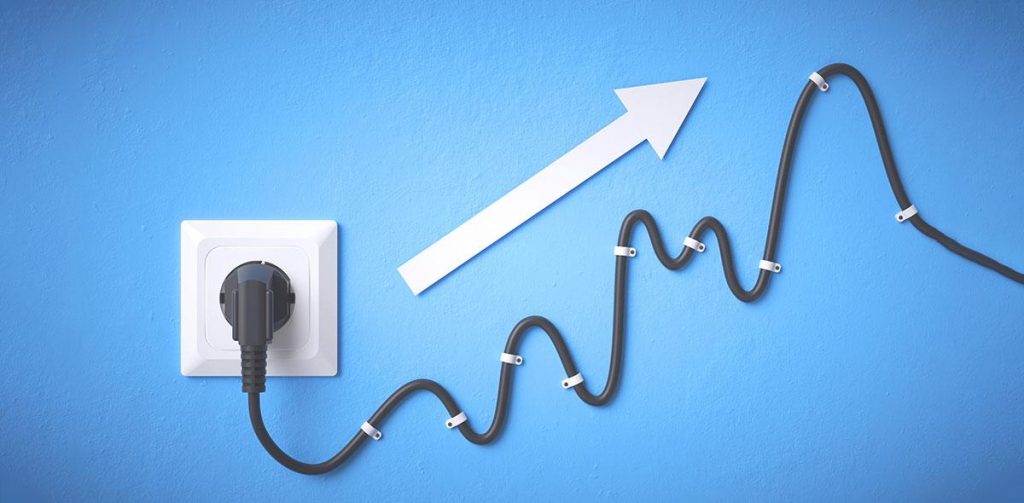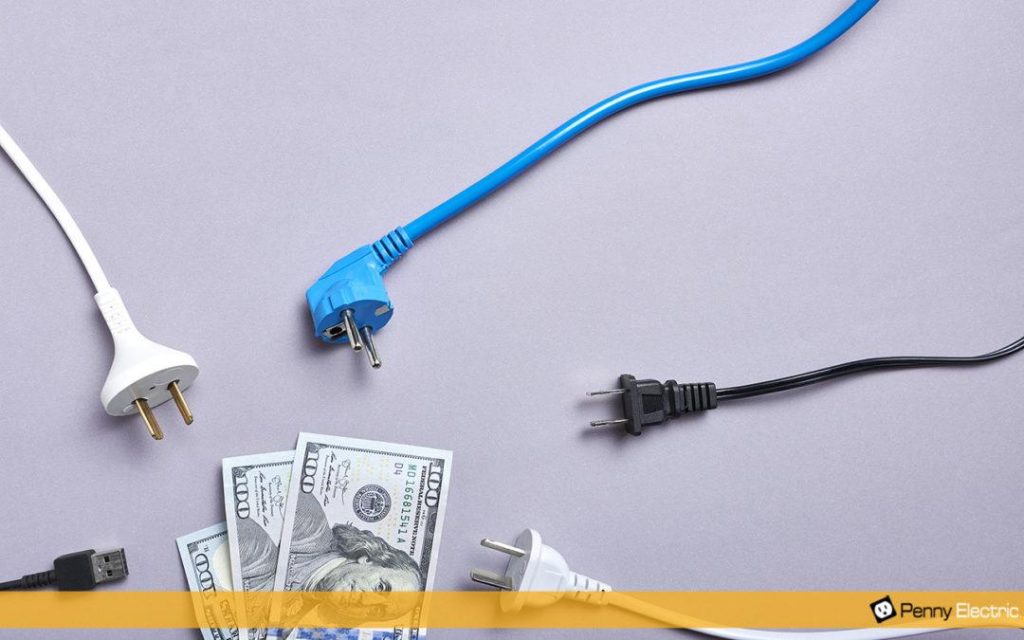
Påslag På Strøm – Learn About the Surcharge on Your Electricity Bill
Understanding the surcharge on electricity bills is crucial for both homeowners and businesses, as it can significantly affect the total cost of electricity usage. In this comprehensive article, we’ll explore what electricity surcharges are, the reasons behind their implementation, factors influencing them, and strategies to minimize their impact.
What is an Electricity Surcharge?
An electricity surcharge is an additional fee added to the basic cost of electricity consumption. It’s not directly related to the amount of electricity used but is usually imposed to cover specific costs incurred by the electricity provider or to address broader economic or policy objectives.
Surcharges may vary by region and provider and can reflect a range of different costs or initiatives.
Reasons for Electricity Surcharges

A significant portion of electricity surcharges can be attributed to the need for ongoing maintenance, upgrade, and expansion of the electrical grid and associated infrastructure. The electricity grid comprises a complex network of power stations, transmission lines, substations, and distribution lines.
Keeping this infrastructure in optimal condition is crucial for ensuring reliable and uninterrupted electricity supply. Over time, components of the grid may require upgrades to meet increasing demand, comply with newer safety standards, or integrate advanced technologies. These upgrades are essential but costly, and the surcharges help utilities cover these expenses without the need for drastic rate hikes.
Moreover, electricity providers are often subject to stringent regulatory requirements, including environmental regulations. These may involve reducing emissions, investing in renewable energy sources, or adopting eco-friendlier practices.
For instance, if a government mandates a certain percentage of power generation from renewable sources, utilities might need to invest in solar farms, wind turbines, or other green technologies. These initiatives, while beneficial for the environment and public health, entail significant costs, which are often passed on to consumers in the form of surcharges.
Furthermore, the cost of generating electricity is heavily dependent on the prices of fuels like natural gas, coal, or oil. These prices can be volatile, fluctuating due to market forces, geopolitical events, or natural disasters.
To manage this unpredictability, utilities often include a fuel adjustment factor in their billing. This means when fuel costs rise significantly, a surcharge is added to cover the difference. Conversely, if fuel prices fall, consumers may see a reduction in their electricity costs.

You should also know that when natural disasters strike, they can cause extensive damage to the electrical infrastructure. Repairing and rebuilding this infrastructure is an immediate necessity but comes with high costs.
In such situations, utilities may impose a temporary surcharge to fund these emergency repairs and restorations. These surcharges are essential for quickly restoring power and ensuring the resilience of the grid against future disasters.
Also, as populations grow and technologies advance, the demand for electricity typically increases. To prepare for future demand, utilities must invest in expanding their generation capacity and modernizing the grid.
This might involve building new power plants, adding renewable energy sources, or upgrading transmission lines to handle more capacity. Such investments are crucial for meeting future demand but require significant capital, often raised through surcharges.
And lastly, the energy sector is continuously evolving, with new technologies promising greater efficiency and reduced environmental impact. Utilities invest in research and development (R&D) to explore and adopt these technologies.
Whether it’s improving grid management through smart grid technologies or developing more efficient ways to store renewable energy, these R&D efforts, funded partly by surcharges, play a key role in shaping the future of energy.
Tips for Reducing the Impact of Electricity Surcharges
Here are some helpful tips that can help you lower or reduce your påslag på strøm for good:
Energy-Efficient Practices and Upgrades

Implementing energy-efficient measures is a key strategy to reduce overall electricity consumption, thereby lessening the impact of surcharges. Consider replacing old appliances with energy-efficient models that consume less power.
For instance, LED bulbs use far less energy. Insulating your home or business premises can also keep heat in during winter and out during summer, reducing the need for heating and cooling. Simple actions like turning off lights and appliances when not in use and using programmable thermostats can also contribute to lower energy consumption.
Use of Renewable Energy
Installing renewable energy sources like solar panels can significantly reduce reliance on grid electricity, thereby lowering the impact of surcharges. In many regions, you can also sell excess energy back to the grid, which can further offset electricity costs.
While the initial investment for renewable energy installations can be substantial, the long-term savings and potential incentives or tax breaks can make it a financially viable option.
Time-of-Use Tariffs and Demand Response Programs
Many electricity providers offer time-of-use tariffs, where electricity rates vary depending on the time of day.
Rates are typically lower during off-peak hours when demand is low. By shifting high-energy activities to these times, you can take advantage of lower rates. Additionally, some utilities offer demand response programs where customers are incentivized to reduce their power usage during peak demand times, potentially leading to savings.
Regular Maintenance of Electrical Systems
Proper maintenance of your electrical systems and appliances ensures they operate efficiently. For instance, cleaning the filters in your HVAC system or making sure your refrigerator seals are tight can prevent unnecessary energy usage.
Regular maintenance not only extends the lifespan of your appliances but also ensures they are not consuming more power than necessary.
Smart Monitoring and Energy Management Systems
Investing in smart energy monitoring systems can provide real-time insights into your electricity usage, helping you identify areas where you can cut back.
Smart systems can track consumption patterns and even automate the most efficient use of appliances. For businesses, energy management systems can be crucial in optimizing energy usage across various operations.
Negotiating with Providers
Especially for businesses, negotiating with your electricity provider can lead to better rates or more favorable terms.
Providers might be willing to offer discounts or special plans to retain valuable customers. Don’t hesitate to reach out and discuss your options, particularly if you have a significant energy consumption or are considering switching to a different provider.
Staying Informed About Policy Changes and Incentives
Keeping abreast of local and national energy policies can help you take advantage of any available incentives, rebates, or changes in regulation that might benefit you. Government and utility programs often offer incentives for energy efficiency upgrades, renewable energy installations, or participation in energy-saving programs.
Educating and Involving All Stakeholders
In a business setting, involve your employees in energy-saving initiatives. Educating them about the importance of saving energy and how their actions impact electricity costs can lead to collective efforts in reducing consumption. In a household, similarly, ensuring all family members are aware of energy-saving practices can help in reducing overall consumption.
Conclusion
Even though power surcharges can make your energy costs go up a lot, knowing why they happen and being careful about how much energy you use can help lessen their effect.
Homeowners and businesses can successfully manage and lower the costs associated with electricity surcharges by adopting energy-efficient practices, exploring renewable energy options, and staying informed about how much energy they use and the incentives that are available.
Every effort to use less energy not only saves money but also helps make the energy future more sustainable and better for the earth.





